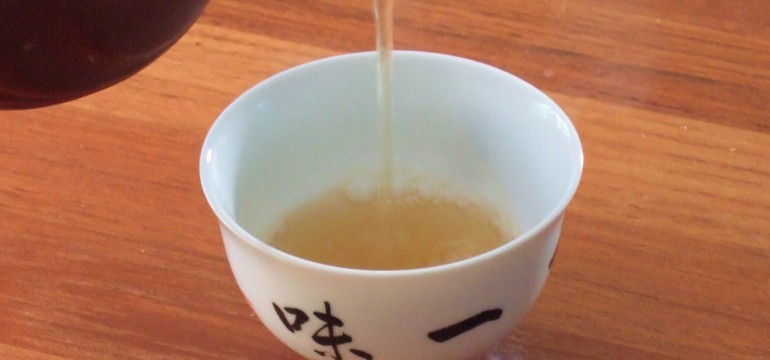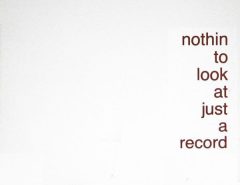…in the making of tea the sound of the boiling water in the kettle resembles that of the wind through the pines. Sen Sōtan composed the following poem:
If asked
the nature of chanoyu,
say it’s the sound
of windblowing pines
in a painting.The Sound of One Hand: Paintings and Calligraphy by Zen Master Hakuin
Your sense of hearing will be at its most sensitive to the boiling sound of the tea-water which has been said to strike the chord of an ear listening to the voice of a pine-cone, the sound of the winds whizzing by outside, the subdued rustling of the kimono of those present, the rubbing sound of tabi against the tatami, the sound of sliding paper doors being opened, the sound of hot water being poured from a tea-water dipper, the sound of the handle of the dipper hitting the rim of the iron tea-kettle, the sound of the handle of the bamboo tea-stirrer hitting the teacup, the sound of tea- sipping, the faint sound of breathing, the voices of people speaking, the sound of wiping the tea-ceremony paraphernalia, the sound of symbolic “dotaku” bells, etc.
Reciprocal Frame Architecture
«Chai, garam chai» («tea, hot tea») is probably the most omni-present sound phenomenon in India, used by the tea-sellers at railroad stations to make their presence clearly audible. The intone their loud and monotonous call with a characteristically long drawn-out interval of a third, like a cuckoo, without which this secular mantra apparently cannot have its effect selling tea.
Sound and Communication: An Aesthetic Cultural History of Sanskrit Hinduism
The sound of putting the lid on a kettle. The sound of the whisk in a teascoop. The sound of a teascoop tapping on the edge of a teabowl.
Chado: The Way of Tea





Leave a Reply
Lo siento, debes estar conectado para publicar un comentario.